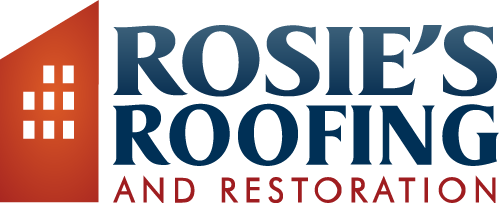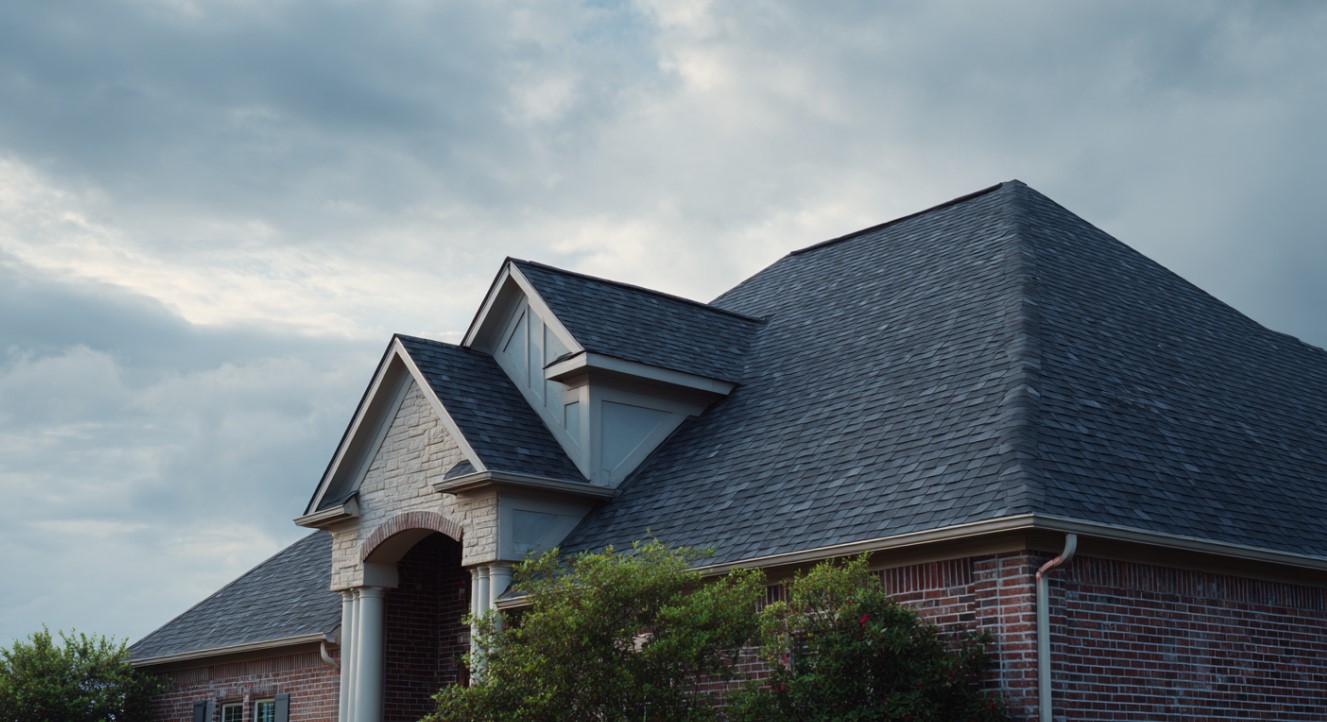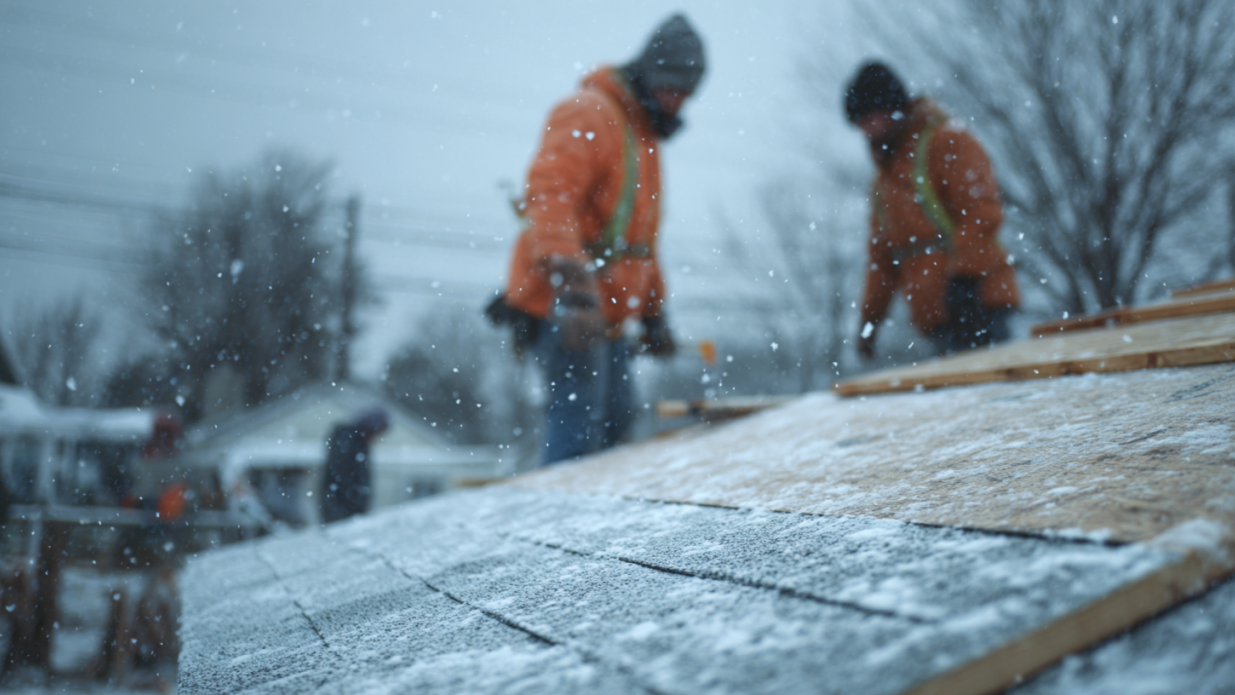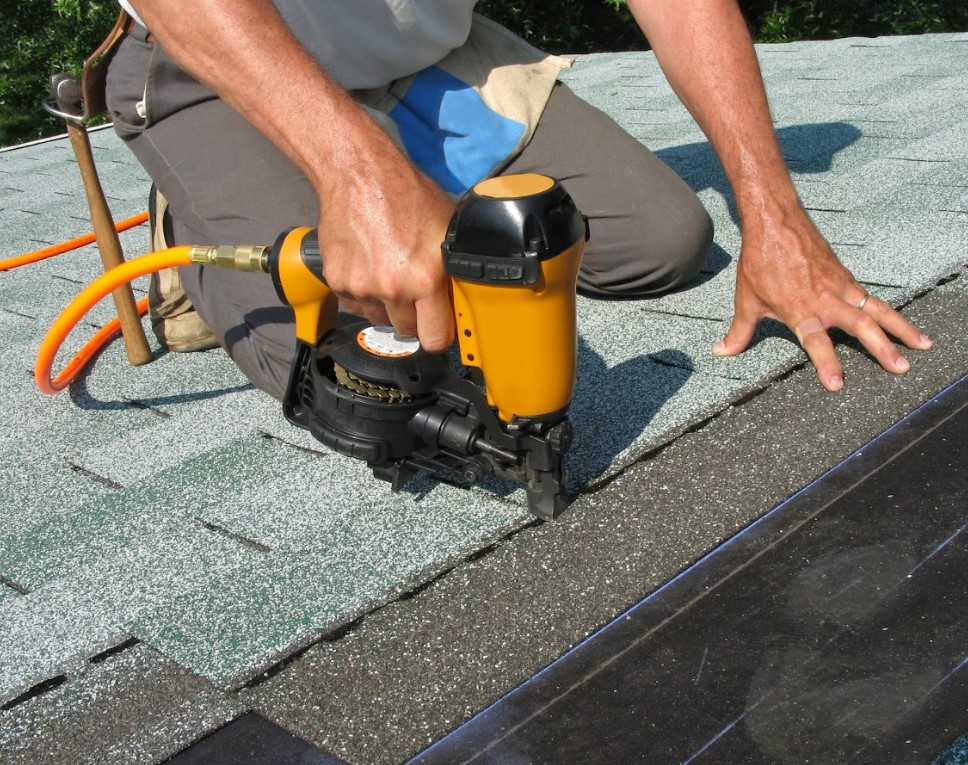Few things cause as much dismay as a roof leak. When properly installed and maintained, an asphalt shingle roof should last over twenty years if no damage occurs to it. Among other things, regular maintenance includes replacing liquid sealants (caulking) when they begin to dry out and shrink. Beyond the normal 20 to 30 year lifecycle, however, the major components of the roof will become deteriorated and prone to failure. Below, we present the most common causes of roof leaks. Pierced,
Broken, Unsealed or Missing Flashing
Flashings, simply stated, comprise an overlap of materials at angle changes. Where pipes, vents, skylights, chimneys and any other protrusion meets the decking boards — also known as sheathing — a gap exists that must be covered with a sturdy flashing and sealed against the elements. The walls of upper stories meet a lower roof and valleys also receive flashing. Damage to the metal flashing from punctures or high winds can compromise the integrity of the roof. Also, if some of the flashing was overlooked at installation, water will penetrate sooner or later. Pipe jacks that surround plumbing and exhaust vents usually have a rubber gasket to hug the pipe. These often wear out or sustain damage before the roof ages out. They should be inspected annually and replaced as needed.
Missing or Damaged Shingles
When the wind finds an opportunity to rip up shingles or even just loosen the bottom seal, rain will work its way under the surrounding shingles. If the underlayment remains intact, you may not get a leak right away. However, exposed underlayment — the asphalt-impregnated felt or synthetic sheets covering the decking — can deteriorate quickly. Then, water will run to the decking and leak in between the joints.

Improperly Installed Underlayment
Because the underlayment, not the shingles, provides the substantial portion of the waterproofing system, if it was installed improperly, leaks are not a matter of “if” but “when.” A common error is a failure to roll the underlayment up and over the ridges. Wind-driven rain can work its way under the shingles or ridge cap and instantly cause leaks.
Clogged Gutters
Without regular cleaning, gutters get clogged and readily overflow in a rainstorm. While this condition poses more danger to your foundation, storm runoff can also back up into your eaves and drain into your attic or down the cavity of your outer walls. Enough water will eventually rot out your soffits and fascia and possibly penetrate the drywall into your home’s interior. Chronic gutter dams can also provide perfect conditions for mold growth.
Other, less common, causes of water coming in over your head may not be from your roof at all. Cracks in the mortar of chimneys, cracks in stucco, damaged siding on upper stories, broken skylight seals, swamp coolers and upper story windows can all leak as well.
Call today to schedule your yearly roof check-up! Contact Us
You can prevent leaks by hiring a professional roofing contractor in Atlanta to perform yearly check-ups on your roof. Call us at Rosie’s Roofing and Restoration to schedule your inspection today.




